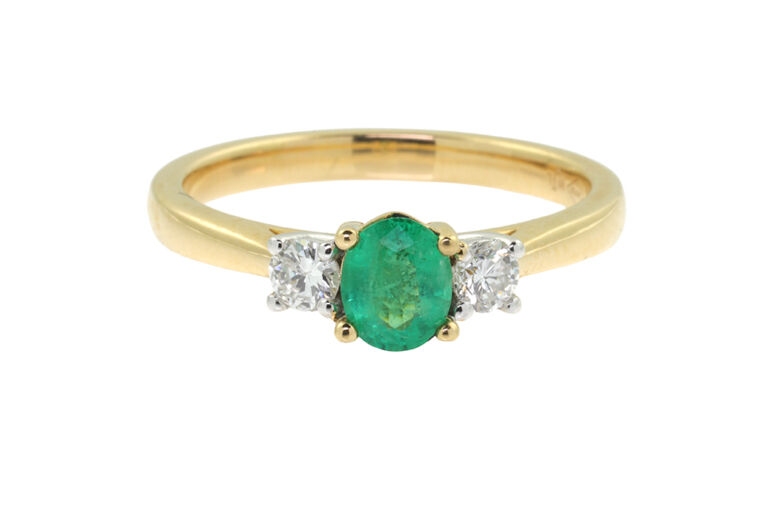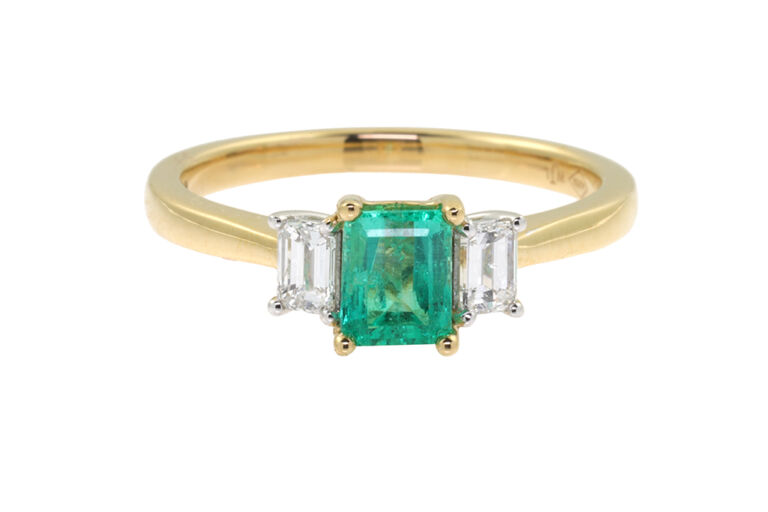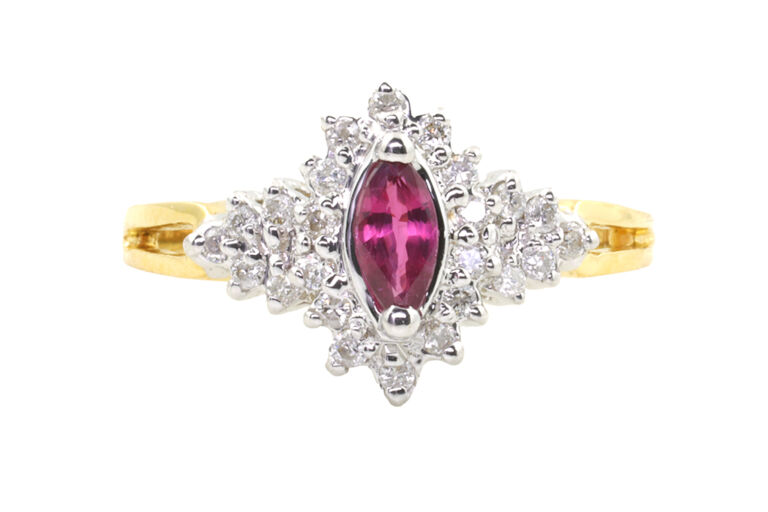

£950.00
Reference: SJ-WEDD-194
18ct yellow gold.
Birmingham hallmark, 1883.
hese wide and close-fitting band rings emerge in English jewellery in the latter part of the ‘Grand Period’ Victorian jewellery in the 1870s. They were initially worn on the little finger by women as keepsakes or tokens of friendship as part of the prevailing fashion for ladies’ signet rings, but by the early twentieth century were worn almost exclusively by men.
They are a form of ‘hoop ring’, in that generally they have no gemstone or bezel feature to demarcate the head of the ring and in the popular deeply chased form they earn the additional designation as a keeper or guard ring¹. Whilst lavish examples of sapphires, rubies, diamonds or richly coloured enamel do exist, the most common sort encountered are those of plain or chased gold. Several examples of such are illustrated in the Mappin & Webb catalogue of 1900.² XX et al. (mention others, guard rings are shown in, etc. etc.).
Whilst they were principally enjoyed for the decorative qualities they eventually served a variety of purposes such as wedding rings, keepers, commemorative and mourning.
The etymology of the term guard ring comes from the late eighteenth and early nineteenth century, with the supposed notion that such a ring was worn during the renaissance to prevent a more valuable ring worn underneath from slipping off and becoming lost. This assumption is somewhat fanciful as “guard rings were frequently worn above, not below, stone-set rings, as is demonstrated in a fifteenth-century portrait of a lady by Rogier van der Weyden (c. 1399-1464) [National Gallery, London). The same lady also wears a thin hoop or guard ring by itself on her fourth finger.” ³
As much nineteenth-century jewellery consisted predominantly of adaptations of earlier jewellery styles it is not surprising to discover, in inspiration at the very least, another example of a popular type of English jewellery that fits in well against a backdrop of revivalist jewels.
The methods of manufacture are elaborated in the following extract from 1898.
Literature.
¹. Rings 1800-1910. A Study of English and Related Designs. Verlaine Davies. 2009. Write Desing Ltd.
². Victorian Jewellery. Peter Hinks. 1991. Studio Editions.
³. Rings. Shirley Bury.1984. HMSO.
⁴. The Art of the Goldsmith and Jeweller: A Treatise on the Manipulation of Gold in the Various Processes of Goldsmith’s Work, and the Manufacture of Personal Ornaments, &c., &c. for the use of Students and Practical Men. By Thomas B. Wigley, 1898, published by C. Griffin and Company, Ltd.

Brazilian emerald weight: 0.43cts. Total diamond weight: 0.22cts. 18ct yellow & white gold. Custom made for Studleys Jewellers.

Emerald weight: 0.57cts. Total diamond weight: 0.32cts. 18ct yellow gold. Custom made for Studleys Jewellers.

Ruby weight approximately 0.25cts. Total diamond weight approximately 0.25cts. 18ct gold hallmark.
We are happy to reserve this item for your viewing in our Wells store. Please leave us your details and availability below and let us handle the rest.